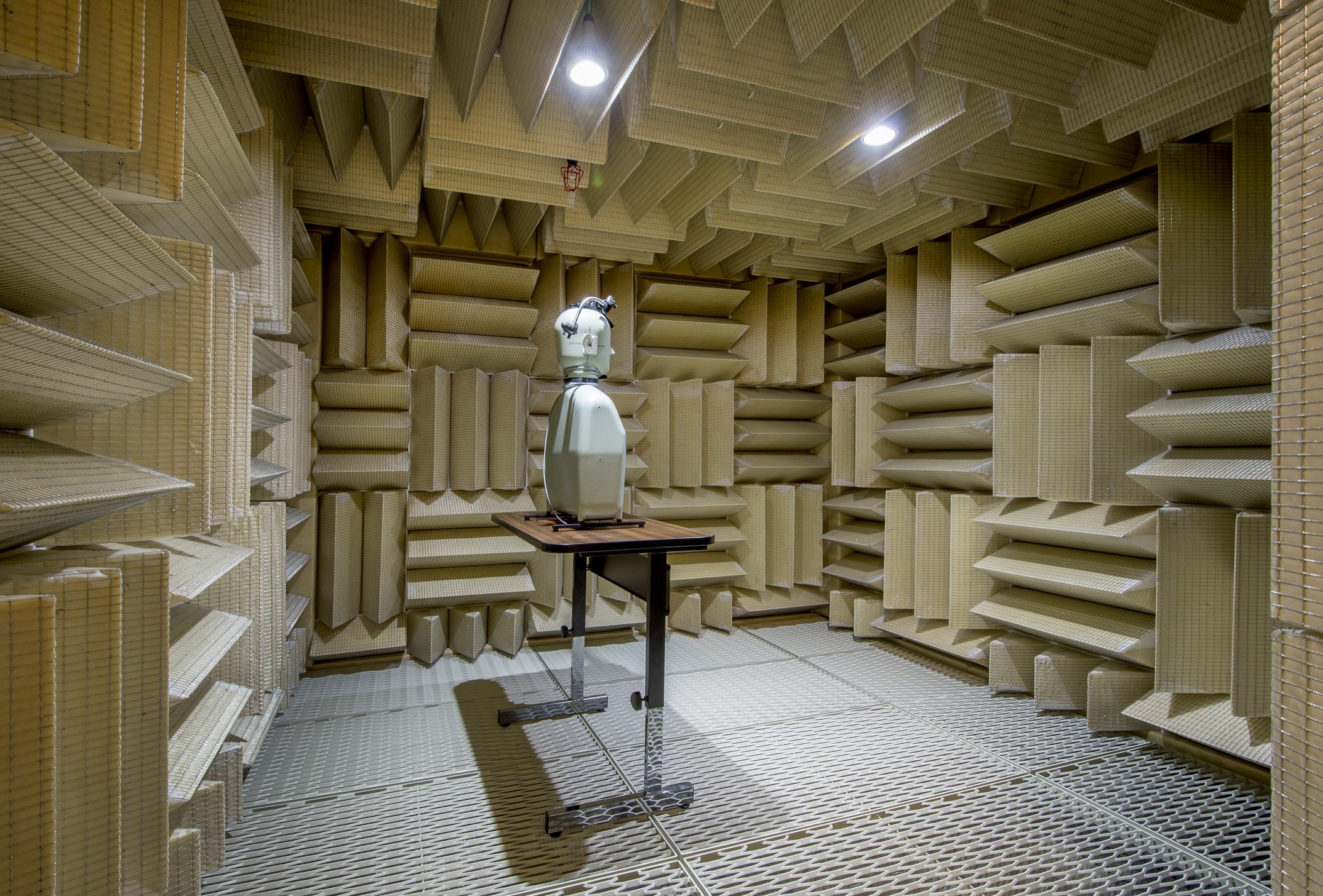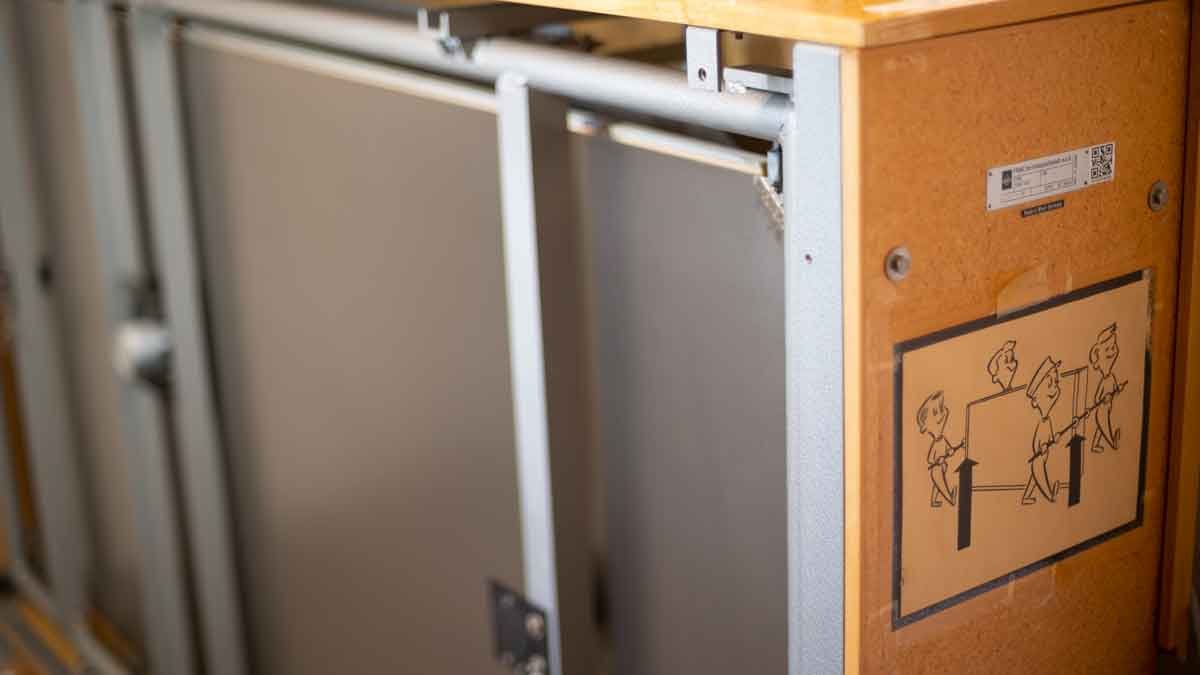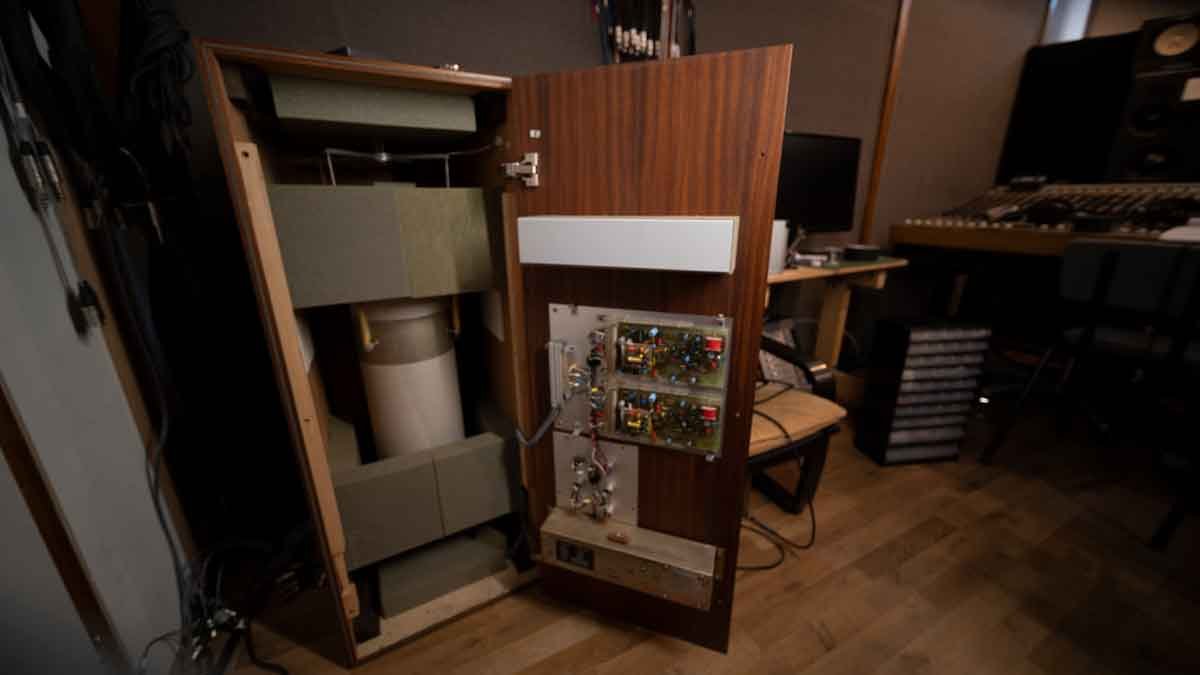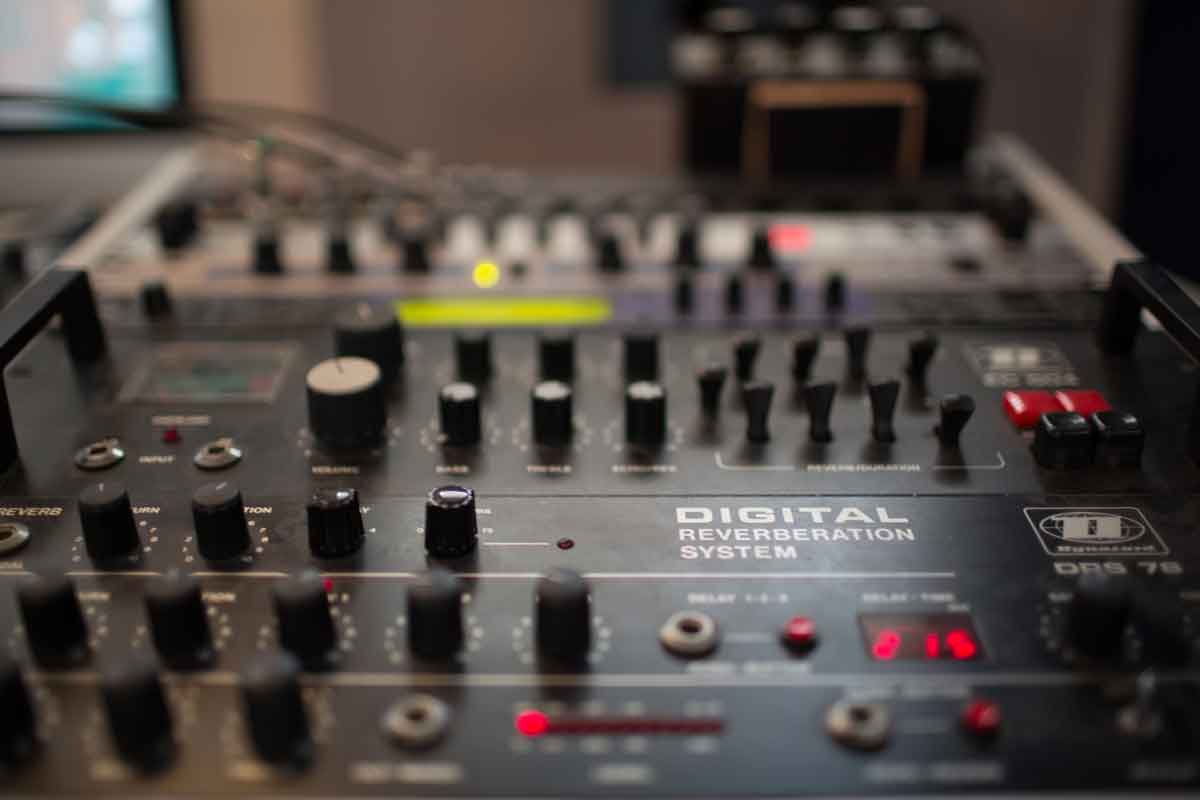Imagine throwing a bouncing ball through a room. If you throw it hard enough it will bounce for quite a while, bouncing from surface to surface until it has lost all of its energy. Now think about throwing 30, or even 100 balls at the same time: it would be chaos but eventually they would all lay flat on the floor. Sound reflections work much in the same way by propagating in all directions until all energy is dissipated. With the exception of electronically produced sounds and sound reproduction on headphones or in anechoic chambers, we almost never hear a sound in complete isolation. Instead, almost every sound we hear is a product of the direct sound interacting with its surroundings.

While dry and in your face might be something you’re going for in a mix, most of the time you’ll want to add some form of dimension in order to create an appealing soundstage for your track. Whereas we can accomplish a three-dimensional illusion of width, height and depth through panning, frequency and balance, we accomplish an illusion of reflectivity and front to back placement through the fourth dimension, time. Reverb gives us the ability to sculpt any environment we like - the possibilities are virtually endless. If you’re new to reverbs, our best advise would be to abuse and overuse them as much as you can. Then, after you've familiarized yourself with what's possible, use it like a chef uses a knife: with skill and precision.
With the exception of electronically produced sounds and sound reproduction on headphones or in anechoic chambers, we almost never hear a sound in complete isolation. Instead, almost every sound we hear is a product of the direct sound interacting with its surroundings.
Types of reverb
The first artificial reverbs used for music production were mechanical devices that mimicked the characteristics of room reflections by vibrating a metal plate or spring. As it turned out, this was a surprisingly good sounding and practical solution that stood the test of time. Later on (in 1976), the first practical digital reverb was introduced by the German company EMT. The basic concept was to emulate reflections occurring in a real space by using multiple delay lines and feedback. Most digital reverbs still work on this principle, even the emulations of classic hardware.
Mechanical reverbs
The plate reverb was one of the first mechanical devices to mimic the reflective characteristics of a room. A plate reverb consists of a steel plate that is suspended in an enclosure by a couple of springs. A transducer excites the plate and the vibrations are picked up by contact microphones. Since higher frequencies move faster through a metal plate than lower frequencies, the onset of the reverb is basically instant and high frequencies will decay very fast as opposed to lower frequencies. A good plate reverb will sound good on almost anything but is most often used on drums and vocals. Most people describe the sound of a plate reverb as bright and smooth.

Spring reverbs work much like plate reverbs but instead of the sound travelling through a metal plate it travels through a spring coil. Spring reverbs often have a lot of character and can be used to color or add a special effect to a sound rather than give the impression of the source being placed in an acoustic space. Spring reverbs tend to be a bit low-end heavy as lower frequencies will excite the coil more than higher frequencies. This doesn't have to be a bad thing as this also makes it a great tool for thickening up mid-range instruments. Percussive sounds will often introduce a clear "boing" which can either sound great, or terrible depending on the context. Spring reverbs are a great fit for mid-range instruments such as guitars, keys, vocals, etc.

Reverb/Echo Chambers
In the 50s and 60s most major recording studios had dedicated chambers specifically designed for the use of reverb. The idea is very simple: send a signal to a speaker in a reverberant room and re-record the signal using one or two microphones. The speaker and the microphones would often face the opposite walls to ensure there's as little direct sound from the speaker to the microphone as possible. Chamber reverbs work great on vocals and almost any acoustic instrument. Nowadays, there are even a number of plug-ins specifically programmed to sound like praised reverb chambers of legendary studios. Since chamber reverbs were largely created from spare rooms in the studio, they often employ a relatively small space with very reflective surfaces, producing long reverb times for their size.
Digital reverbs
Algorithmic reverbs synthesize reverb with the use of multiple delay lines, filtering and feedback. One of the main benefits of algorithmic reverb is that it allows you to tweak a lot of parameters, making this type of reverb very flexible. Most reverb plug-ins you'll come across rely on this topology, including FabFilter Pro-R.
Convolution reverb is a reverberation technique that uses the spectral footprint of an acoustic space by recording an impulse response. Recording an impulse response is done by recording a sine wave sweep that includes all frequencies in the audible spectrum (20 Hz - 20 kHz) in the room from which you'd like to record the spectral footprint. By loading the recorded impulse response into a convolution program you can deconvolve the signal, removing the impulse and leaving only the room's response. The result allows you to impose the characteristics of a specific ambiance or reverb onto your own audio. The great thing about convolution reverb is that it sounds very realistic and it allows you to use a vast variety of real-world spaces or analog devices. Unfortunately, the use of this type of reverb has some drawbacks. Other than adjusting reverb time and adding some pre-delay you won’t be able to do a lot of basic parameter tweaking such as manipulating room size or controlling diffusion or early reflections. Additionally, the convolution process is CPU-intensive which might cause you to run into trouble if you're using multiple reverbs in a session.


